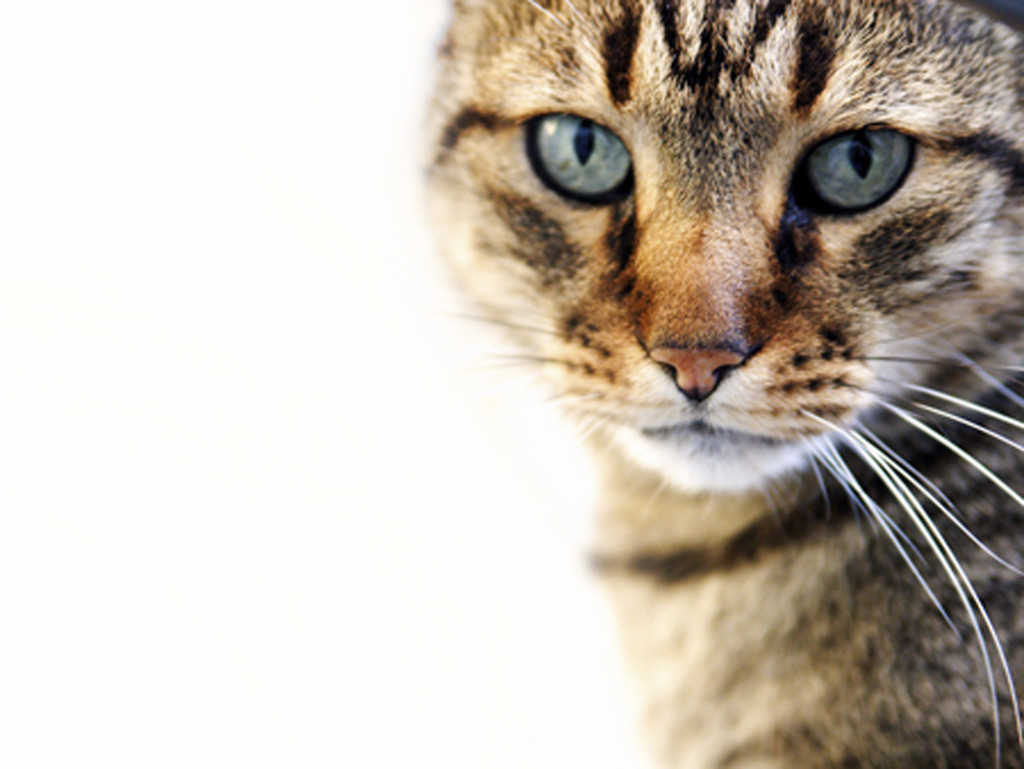Breeding Cycles of Dogs and Cats
by Ben J. Character, DVM

The dog and cat, for all their similarities, have very different estrous cycles. The average dog will come in heat twice per year, about 6 months apart. The heat cycle generally lasts about 4 weeks, with the 2nd week usually being the week of estrus. It is only during the week of estrus that the female will accept the male for breeding. After the four week period, she will end her cycle regardless of whether she has been with a male or not, or is pregnant or not.
Gestation in the dog lasts 59 days from the day of ovulation. Ovulation occurs approximately 4 days after the bitch starts accepting the male, therefore whelping usually occurs 63 days post-breeding. If it is convenient, every other day breeding after the first day of acceptance should produce pregnancy. In cases where the stud is not readily available, vaginal cytology can determine the optimal time for breeding. Dog sperm will last 7 days in the uterus; therefore very few breedings are necessary in most cases.
The cat is a different story. Cats are seasonally polyestrus. This means that cats generally come in heat during the spring and will come in heat multiple times. The queen is an induced ovulator. A queen will not ovulate until a tom has bred her. This means that unless she has been bred she will remain in heat and be a continuous attraction for male cats. Once bred, the queen will end her heat cycle and complete the gestation in about 60 days; after this time she will quickly come back into heat for another breeding attempt.
Pregnancy confirmation can be accomplished several ways. For a short period, during days 21 – 25, palpation can usually identify pregnancy, but can rarely determine the number. For dogs at 22 days, a laboratory test can be performed to determine pregnancy, but the test will not give any information concerning the number of pups. An ultrasound can be performed any time after day 20, and can determine the number of puppies with a 85 – 90% accuracy. Radiography (x-ray) can be performed after 45 – 50 days, and a determination of the number can be determined with a 95 – 99% accuracy.
During gestation a regular diet of adult food should be fed to the mother-to-be until 2-3 weeks before the due date. After giving birth, she should be switched over to a puppy/kitten food diet for the duration of gestation and all of lactation.

